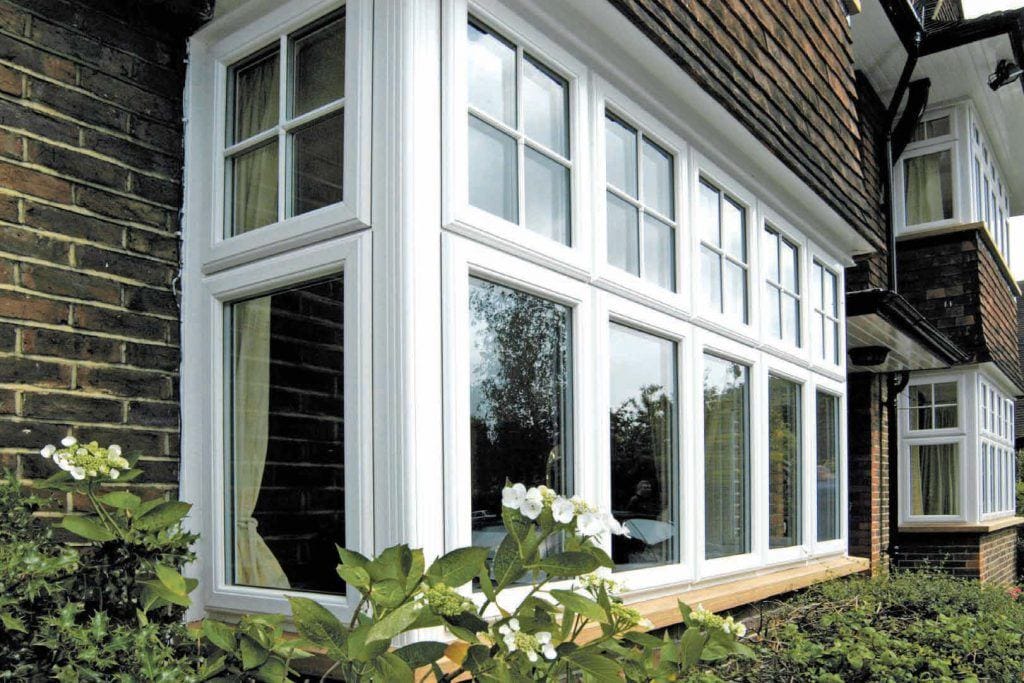If you’re looking to upgrade your home and cut down on energy bills, few upgrades can match the benefits of fitting double glazed units.
Understanding Double Glazing
The term double glazing describes windows that feature two panes of glass separated by a layer of air or gas. Such a setup works to reduce heat transfer, helping maintain a consistent indoor temperature year-round.
Today’s double glazed windows also often include energy-efficient technologies like Low-E coatings and gas infill to further enhance performance.
Benefits of Double Glazing
There are many reasons why homeowners are choosing to install double glazing. Here are some of the main benefits:
- Energy Efficiency: Double Glazed Windows St Albans glazed windows reduce heat loss, lowering your energy bills.
- Enjoy a quieter, more peaceful home environment.
- Enhanced Security: Modern double glazed units are harder to break, boosting home security.
- Add value and appeal to your home with modern window upgrades.
Getting Ready for Double Glazing Installation
To ensure a smooth installation, consider the following steps:
Start by deciding which areas of your home will benefit most. Single-glazed or damaged windows should be your priority.
Next, choose your preferred window style and materials. uPVC is popular for its affordability and durability, while timber offers a more traditional look and aluminum provides a sleek, modern finish.
Choosing the Right Installer
While DIY installation is possible, hiring a professional is usually the best choice.
Look for installers who are FENSA or CERTASS registered to ensure compliance with building regulations. Ask for references, read reviews, and compare multiple quotes.
A trusted company will oversee the full process, from survey to finish.
What to Expect on Installation Day
On installation day, the process typically unfolds as follows:
- The team will begin by safeguarding your home’s interior from debris.
- The old windows will be removed cautiously to avoid structural damage.
- Installation: The new double glazed units are fitted, aligned, and sealed.
- Finally, finishing details like trims and seals are applied, and the area is tidied.
Most installations take one to two days, depending on the number of windows and site conditions.
Overcoming Installation Challenges
Sometimes, unexpected issues can arise during installation. One example is damaged frames or structural problems may be uncovered when old windows are removed.
A skilled team can solve these problems without delaying the project. Stay in touch with your installer and ask for updates if problems arise.
Maintaining Your New Windows
Once your double glazing is installed, proper care will keep it performing well for years. Wipe down the glass with gentle soap and water to prevent buildup.
Inspect the seals occasionally to ensure they remain intact. Should you notice fogging between panes, contact your installer—it could indicate a failed seal.
Apply lubricant to moving parts once a year for optimal function.

Environmental Impact and Sustainability
Double glazing doesn’t just benefit homeowners—it’s good for the planet too. By reducing energy consumption, double glazing helps shrink your carbon footprint.
Manufacturers increasingly use sustainable materials and practices. Ask your installer about environmentally friendly options.
Understanding the Investment
The cost of double glazing varies depending on several factors, including window size, material, and design. On average, homeowners can expect to pay between £400 and £600 per window, though premium options may cost more.
Although the initial investment can feel steep, the long-term savings on energy bills and the added value to your home often make double glazing a worthwhile upgrade.
Conclusion
Double glazing installation is one of the smartest home improvements you can make. You’ll enjoy better comfort, energy savings, security, and property value.
By planning carefully, choosing the right installer, and maintaining your windows, you can enjoy the many benefits of double glazing for years to come.







